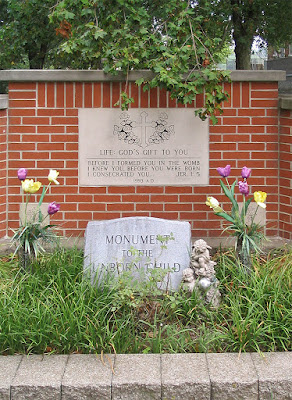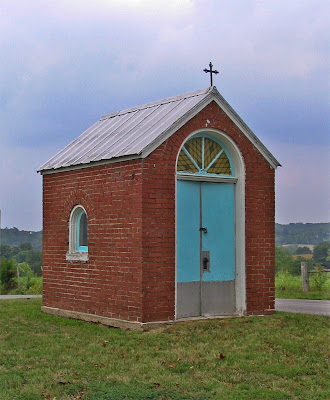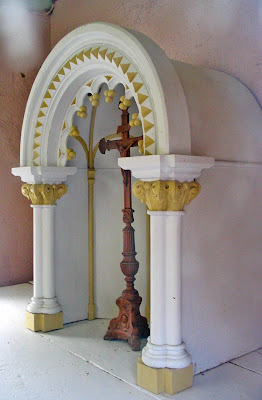I RECENTLY STUMBLED UPON an article,
The Incompatibility of Naturalism and Scientific Realism, from 1998, by Dr. Robert C. Koons, a philosopher and
recent convert to the Church.
The two schools of thought, realism and naturalism, date back to antiquity. Naturalism, the currently accepted school among most of the liberal establishment (especially in education) states that we ought not believe anything outside of the accepted scientific world view, and that there are no causes outside of what we find in space and time. This view not only rejects religion, but also rejects most philosophy: for philosophy is the love of wisdom, and according to Naturalism, there are no such things as either 'love' or 'wisdom'.
The philosophy of Realism dates from the writings of Plato in the West; it accepts the possibility of truths that go beyond space and time. This philosophy is generally accepted by the orthodox Western monotheistic religions, and also by many nonreligious humanists.
Naturalism claims that modern science is the only acceptable guide to reality, however, this is not what practicing scientists actually believe. Dr. Koons points out that the accepted scientific world view
does not support Naturalism:
This defense of naturalism presupposes a version of scientific realism: unless science provides us with objective truth about reality, it has no authority to dictate to us the form which our philosophical ontology and metaphysics must take... In this essay, I will argue, somewhat paradoxically, that scientific realism can provide no support to philosophical naturalism. In fact, the situation is precisely the reverse: naturalism and scientific realism are incompatible.
Koons defines scientific realism as thus:
1. Our scientific theories and models are theories and models of the real world.
2. Scientific methods tend, in the long run, to increase our stock of real knowledge.
Clearly, these are implied by Naturalism: but these definitions violate the assumptions of that philosophy, and instead presuppose Realism.
Having gotten my degree in physics at Caltech, I understand that progress in the hard sciences is had by a rigorous and uncompromising Realism. Logic and mathematics are presumed to be
true: they are really real, ontologically absolute, and are a sure guide to finding truth about reality. Experiment and observation is in fact rarely needed, and is only significant on very rare occasions, where it points out the need to develop the theories. And some of the most exciting parts of modern physics, such as the meaning of relativity and the various quantum theories are actually questions of metaphysics.
Mathematics does not exist for the rigorous Naturalist; indeed, the most progressive of educators will not teach this field as developed by dead, white, European males (although, ironically, we use
Arabic numerals, which originally came from India). But this is not how real science actually progresses.
Modern science actually has higher criteria for judging the truthfulness of theories:
Philosophers and historians of science have long recognized that quasi-aesthetic considerations, such as simplicity, symmetry, and elegance, have played a pervasive and indispensable role in theory choice. For instance, Copernicus's heliocentric model replaced the Ptolemaic system long before it had achieved a better fit with the data because of its far greater simplicity. Similarly, Newton's and Einstein's theories of gravitation won early acceptance due to their extraordinary degree of symmetry and elegance. In his recent book, Dreams of a Final Theory, physicist Steven Weinberg included a chapter entitled "Beautiful Theories", in which he detailed the indispensable role of simplicity in the recent history of physics. According to Weinberg, physicists use aesthetic qualities both as a way of suggesting theories and, even more importantly, as a sine qua non of viable theories.
Although Dr. Koons calls simplicity, symmetry, and elegance 'quasi-aesthetic', we ought to remember that these are traditionally considered to be some of the objective factors of beauty, and so there is nothing 'quasi' about them.
Behind the blurrin' and buzzin' confusion of data, we have discovered a consistent aesthetic behind the various fundamental laws.
The author concludes:
Philosophical naturalism, then, can draw no legitimate support from the deliverances of natural science, realistically construed, since scientific realism entails the falsity of naturalism... In fact, the more successes natural science accumulates, the less plausible philosophical naturalism becomes....
 Quae est ista quae progreditur quasi aurora consurgens pulchra ut luna electa ut sol terribilis ut acies ordinata
Quae est ista quae progreditur quasi aurora consurgens pulchra ut luna electa ut sol terribilis ut acies ordinata





























































